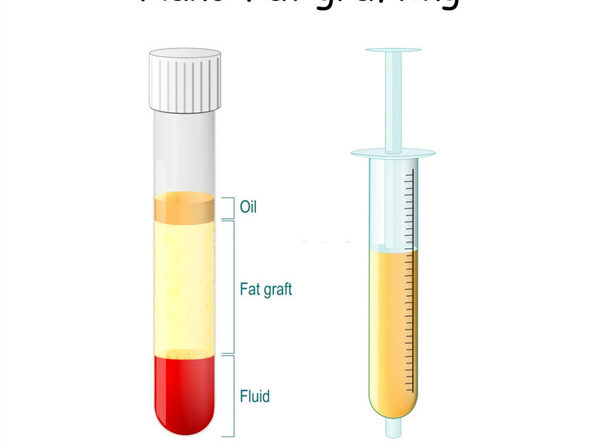Platelet-rich plasma (PRP) is a regenerative therapy that has gained popularity in recent years for its ability to promote healing and repair damaged tissue. It is a concentrated source of platelets and growth factors that are derived from the patient’s own blood and can be used to stimulate tissue regeneration.
One area of interest in the use of PRP is in the repair of fat tissue. Adipose tissue, or fat, plays an important role in the body’s energy balance and metabolism. Damage to fat tissue, such as from injury or surgical procedures, can lead to complications such as scarring, decreased function, and reduced cosmetic appearance.
Several studies have investigated the use of PRP for fat tissue repair. A study published in the Journal of Plastic, Reconstructive & Aesthetic Surgery in 2014 found that the use of PRP in combination with fat grafting led to improved graft survival and increased angiogenesis, or the formation of new blood vessels.
Another study published in the Aesthetic Surgery Journal in 2019 found that PRP injection into the fat layer of the face led to increased volume and improved skin texture and elasticity.
The mechanism behind the effectiveness of PRP in fat tissue repair is believed to be related to its ability to stimulate angiogenesis and recruit stem cells to the site of injury. This leads to increased blood flow and tissue regeneration, resulting in improved function and appearance.
In conclusion, while more research is needed to fully understand the effectiveness of PRP for fat tissue repair, current studies suggest that it may be a promising option for improving graft survival and enhancing volume and texture in the face. Patients should always consult with their healthcare provider to determine the best treatment options for their individual needs.








